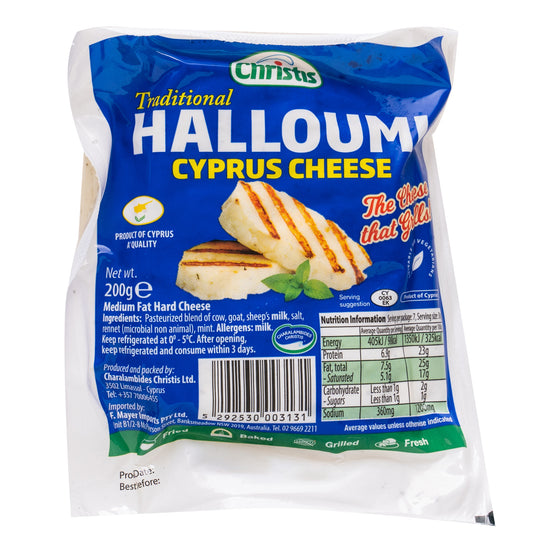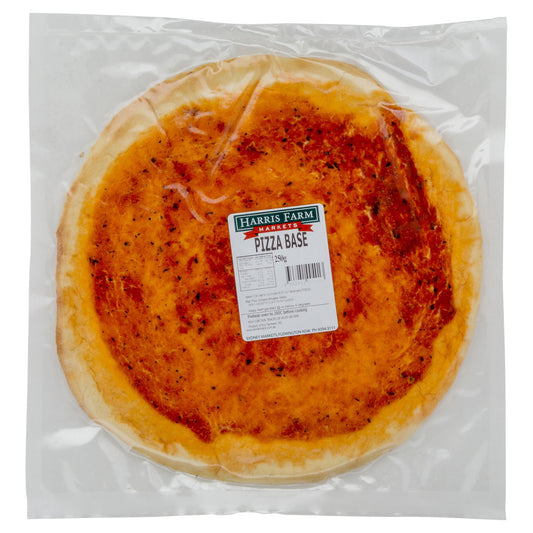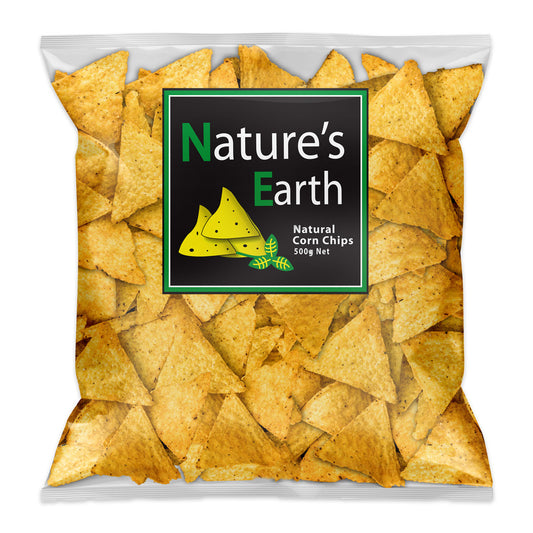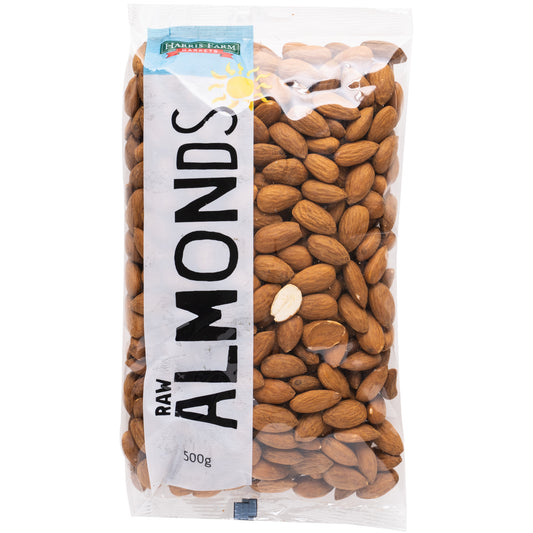How good are herbs? Small, but mighty in the flavour stakes, fresh herbs just make everything taste better. Spring is the perfect time to add a bunch of an old favourite or a new friend to your basket. (And we’ve got a fantastic little “choose your own adventure” green sauce recipe that will help you get the most out of every last frond.)
Before we take a tour of the herb garden, let’s talk storage. Because when you’re using fresh herbs, it’s best if they’re, well, fresh. The first thing you need to do is give your herbs a wash and sit them on a clean tea towel to air dry. Next you can do one of two things. Wrap your herbs loosely in damp paper towel and store in an airtight container in the fridge – this method is great for woody herbs but also works well for tender stem herbs. The other option is to store herbs like a bit like a bunch of flowers – trim off the dry ends and sit them in a glass of water. Cover loosely with a plastic bag and pop them in the fridge. This is the best method for parsley, mint, coriander and basil (except with basil, skip the fridge and leave it on the counter).
Our Heroes, the Herbs
Parsley: So much more than a garnish, parsley is an extremely popular herb and a mainstay in british, mediterranean and middle eastern cooking. These days we sell vastly more flat leaf parsley (also called Italian parsley) than curly – it’s more flavourful and customers prefer the texture. Parsley is the star of tabbouleh salads – try substituting the bulgar for quinoa for a gluten free version. Parsley also shines in chicken salad fillings; simply combine cooked chicken and parsley leaves with good quality mayonnaise, diced celery and walnuts, then stuff into sandwiches, rolls, or lettuce leaves.
Rosemary: Rosemary’s pine tree aroma and hardiness are a perfect match for meats. Use a bunch as an aromatic base to rest a chicken on as it roasts, or insert the needles with garlic into slits you’ve cut in a shoulder of lamb. Or keep it simple, and use it in a marinade for beef or lamb alongside garlic, lemon zest and olive oil.
Thyme: The delicate leaves of thyme have a woodsy smell and flavour that pairs well with chicken, cheese, mushrooms, tomato, onion and potatoes. Try mixing it into butter and stuffing it under the skin of a chicken, or adding some to the top of a rustic tart made from puff pastry, crème fraiche, caramelised onions and sliced mushrooms. It’s also a lovely counterpoint to honey. Next time you grill some halloumi, sprinkle it with fresh thyme and a drizzle of honey just before serving.

Coriander: There’s a suggestion that the portion of the population who believe this soft herb tastes like soap have a genetic reason for it. If you’re not one of them, then it’s hard to imagine how your green curry or soft tacos could sing without it. Coriander is an essential ingredient in guacamole, with lime juice and salt. It’s an excellent addition to an apricot, onion and chicken tagine and a great inclusion in your next coleslaw. Most importantly don’t forget to use the stems. Finely diced, they’re a bonus gift of flavour.
Tarragon: A star ingredient in béarnaise sauce, tarragon is great friends with red meats, tomatoes, potatoes and onions. Try in a salad of roughly chopped snacking tomatoes and slivers of red onion that have taken a bath in red wine vinegar until soft, then dress it all with plenty of sea salt and good quality olive oil.

Mint: What would a rack of lamb be without the freshness of a mint sauce on the side? Mint is a saviour whenever you need to add a clean finish to a dish. It’s best friends with spring greens, shaved cabbage salads with fennel and an crucial ingredient in tzatziki with yoghurt and cucumber. It’s also a noble addition to many drinks, from steeping the leaves in boiling water to make a Moroccan style tea, to muddling with sugar syrup and vodka in a caipiroska.
Dill: Dill’s feathery fronds are a great supporting act for shellfish, cured fish and soft cheeses. It’s perfectly at home with eastern European flavours like beetroot, cabbage and potato. Try it in trout rillettes, made by flaking smoked trout through sour cream with some chopped dill and cornichons to serve with grilled bread. Dill has a strong taste, so a little can go a long way.
Chives: Finely diced chives bring a subtle onion flavour to the party. Try them with sweet potato wedges and sour cream, or snip them over scrambled eggs. Chives will wilt quickly, so if you’re adding them to hot dishes, do it just before serving.
Chervil: Chervil is a member of the parsley family and has a delicate aniseed taste. You can use it in the same way you would parsley, fennel fronds or tarragon. It’s a sound addition to steamed mussels, glazed carrots or sprinkled over Flemish stews like beef carbonade, which slowly braises chunks of stewing beef in wheat beer.
Oregano: Fresh oregano is a revelation compared to dried. Just be sure to pick the small spade shaped leaves from the woody stems before you use them. Scatter them over bolognaise, blend them into an Argentinean chimichurri sauce with olive oil, parsley, coriander, vinegar and garlic to serve with grilled fish or steak, or combine the leaves with olives, lemon and feta and scatter over roast root vegetables.

Basil. Basil is everyone’s friend in the kitchen. It’s a classic addition to pesto, or anything involving tomato and mozzarella, yet it also works just as well in a sweet setting. Try it with strawberries and good quality balsamic vinegar, or ripe peaches and mascarpone. It’s worth remembering that basil will quickly discolour when it is bruised or heated, so it’s best to add just before serving.
The best thing about fresh herbs is how flexible they are. There’s no better way to use all their goodness than in a green sauce. Try this ‘choose your own adventure sauce’ when you’ve got surplus to use up, or you want to play with flavours. It pairs beautifully with any cooked meats, fish or chicken and can also be drizzled over ricotta, grilled vegetables or used as a dressing for potato or pasta salads.

Choose Your Own Adventure Green Sauce (recipe here)























